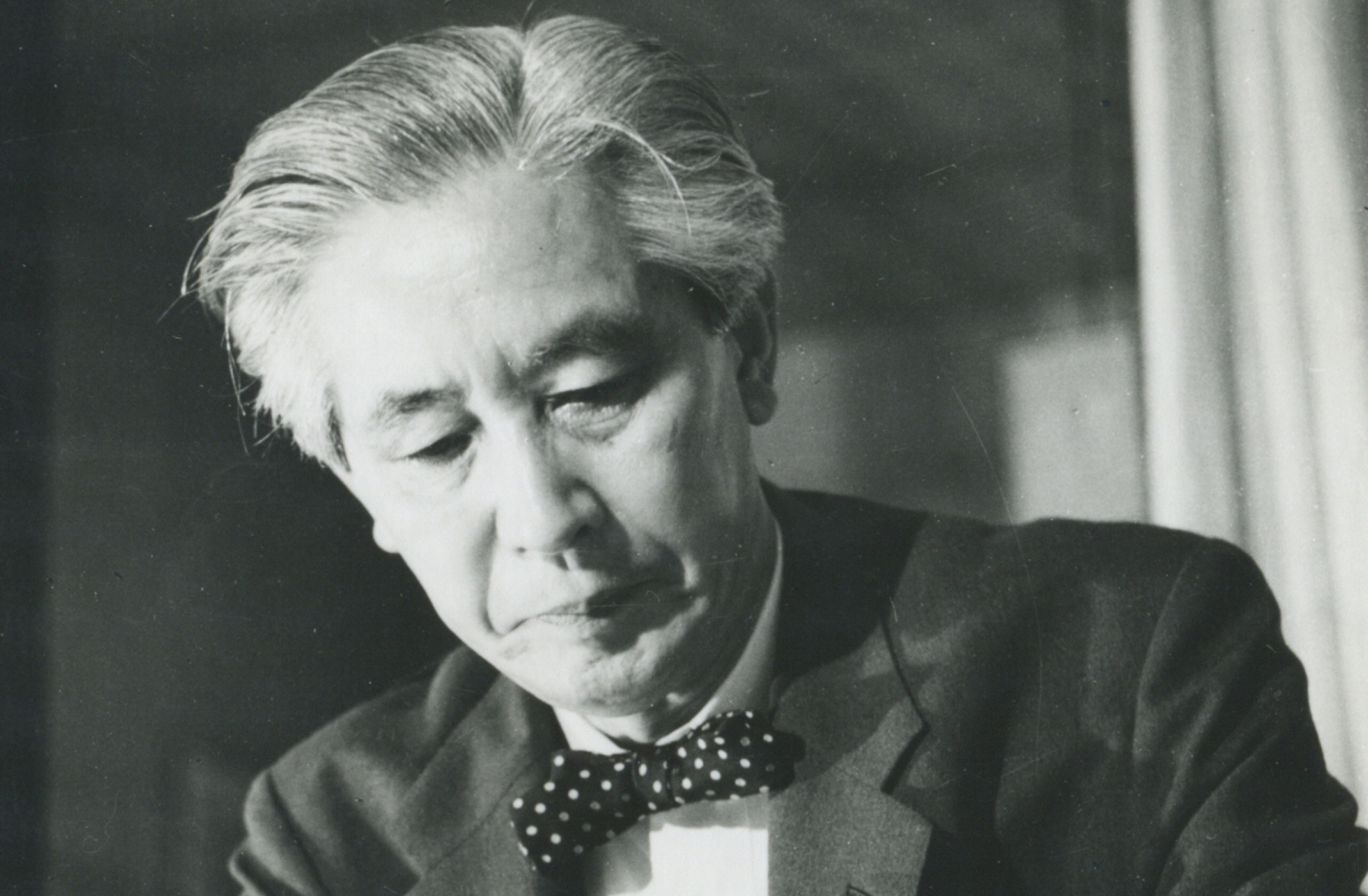

search



Togo Murano was recognised for his modernist approach to design, and his unique architectural philosophy based on the sukiya style wherein great attention is paid to detail, materials and proportions. He designed more than 300 buildings and was responsible for the renovation of the State Guest House (formerly Akasaka Palace) in 1974, the first modern building to be designated a national treasure.
After graduating from university, he worked for 11 years as a chief draftsman at Setsu Watanabe’s office in Osaka. In the early 1920s, he travelled to the United States and Europe, where he developed an interest in Scandinavian architecture. He established his own studio, Murano Architectural Office, in Osaka (1929), and 20 years later, entered into a partnership with Tiuchi Mori to set up Murano & Mori Associated Architects (1949).
Murano’s work includes interiors of cruise ships, educational and commercial facilities, office buildings, large public buildings, department stores and residences. Among his most famous projects are Tanimura Art Museum, Itoigawa, Japan (1983); New Takanawa Prince Hotel, Tokyo, (1982); Takarazuka City Hall, Hyogo Prefecture (1980); Yatsugatake Art Museum, Japan (1979); Hakone Prince Hotel, Kanagawa, Japan (1978); Trappist Monastery, Nishinomiya, Japan (1969); Nissei Theater, Tokyo (1963); Miyako Hotel Kasuien, Kyoto, Japan (1959); Memorial Cathedral of World Peace, Hiroshima (1953); Watanabe Memorial Hall, Yamaguchi, Japan (1937); and Minami Osaka Church of the United Church of Christ, Japan (1928).
Murano received the Mainichi Art Award (1977); Grand Prize of the Architectural institute of Japan (1972); Order of Culture Merit (1967); and Japan Art Academy (1953).
He graduated from the Department of Architecture’s Faculty of Engineering at Waseda University, Tokyo (1918), and was awarded the title of Professor Emeritus by Waseda University (1973).
Born in 1891 in Karatsu, Saga Prefecture, he passed away in Takarazuka, Hyogo Prefecture, Japan, in 1984.
SAF participation:
Sharjapan 3 – Remain Calm: Solitude and Connectivity in Japanese Architecture (2021)